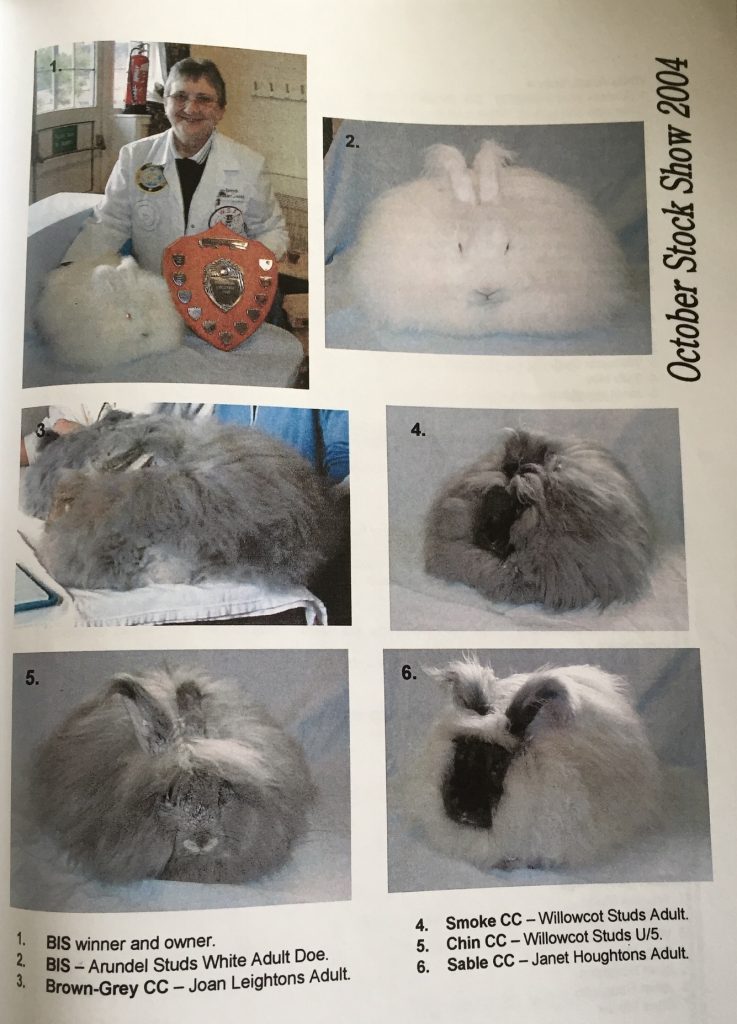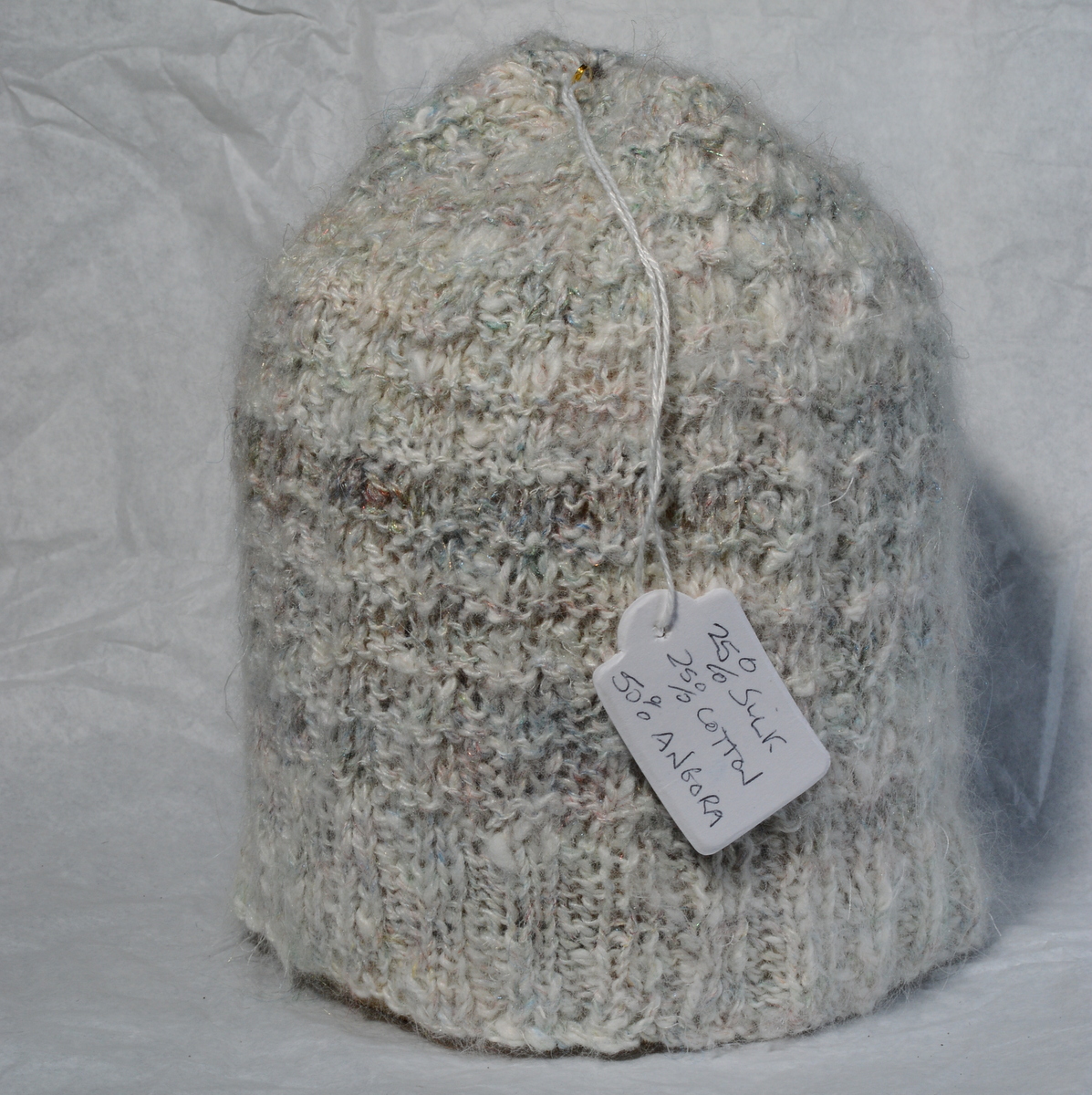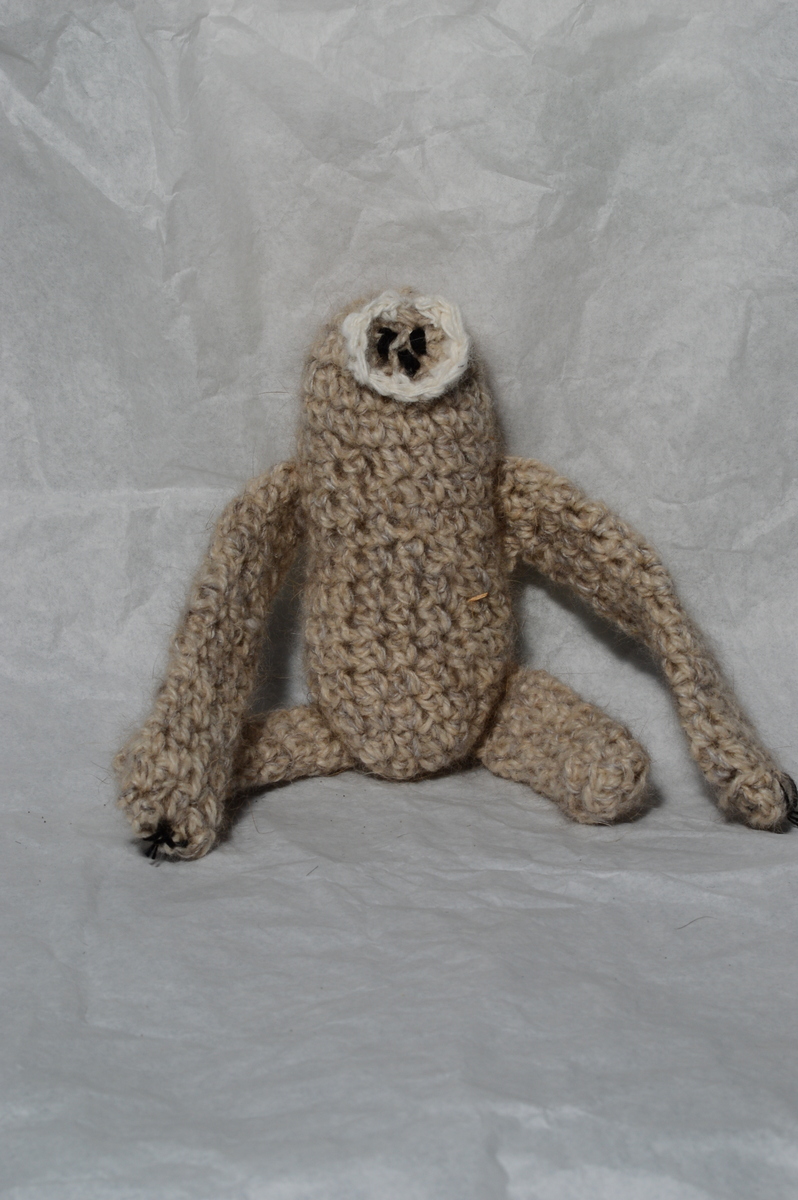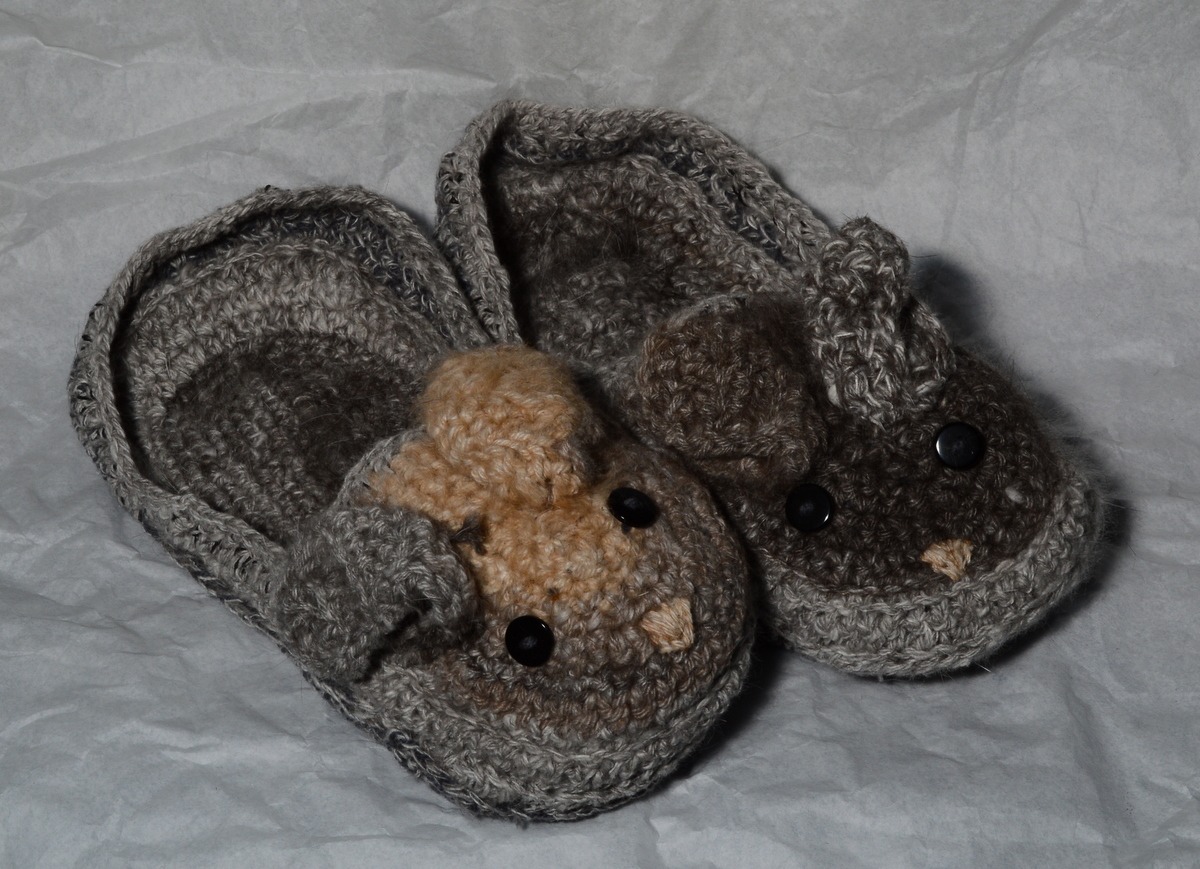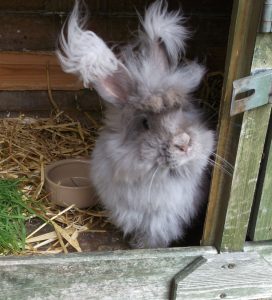
I am often asked for homeopathic remedies for rabbit ailments. The following will do no harm and may be helpful.. Tablets, mother tincture and ointments are sold by health food shops and some pharmacies. Administration of tablets can be done whether by placing directly into the mouth, (taking care not to touch the tablet by hand), or by crushing it between two spoons and sprinkling on food or hidden, whole in a piece of bread.
The number appearing after the remedy, eg. Aconite 30, signifies the potency, and only the potency stated should be employed, as although higher potencies will not cause death, they may cause complications if incorrectly used. A dose = 1 tablet. In acute disease the medication should continue for 24-48 hours, increasing the intervals after the symptoms seem to be alleviated.
Read More
